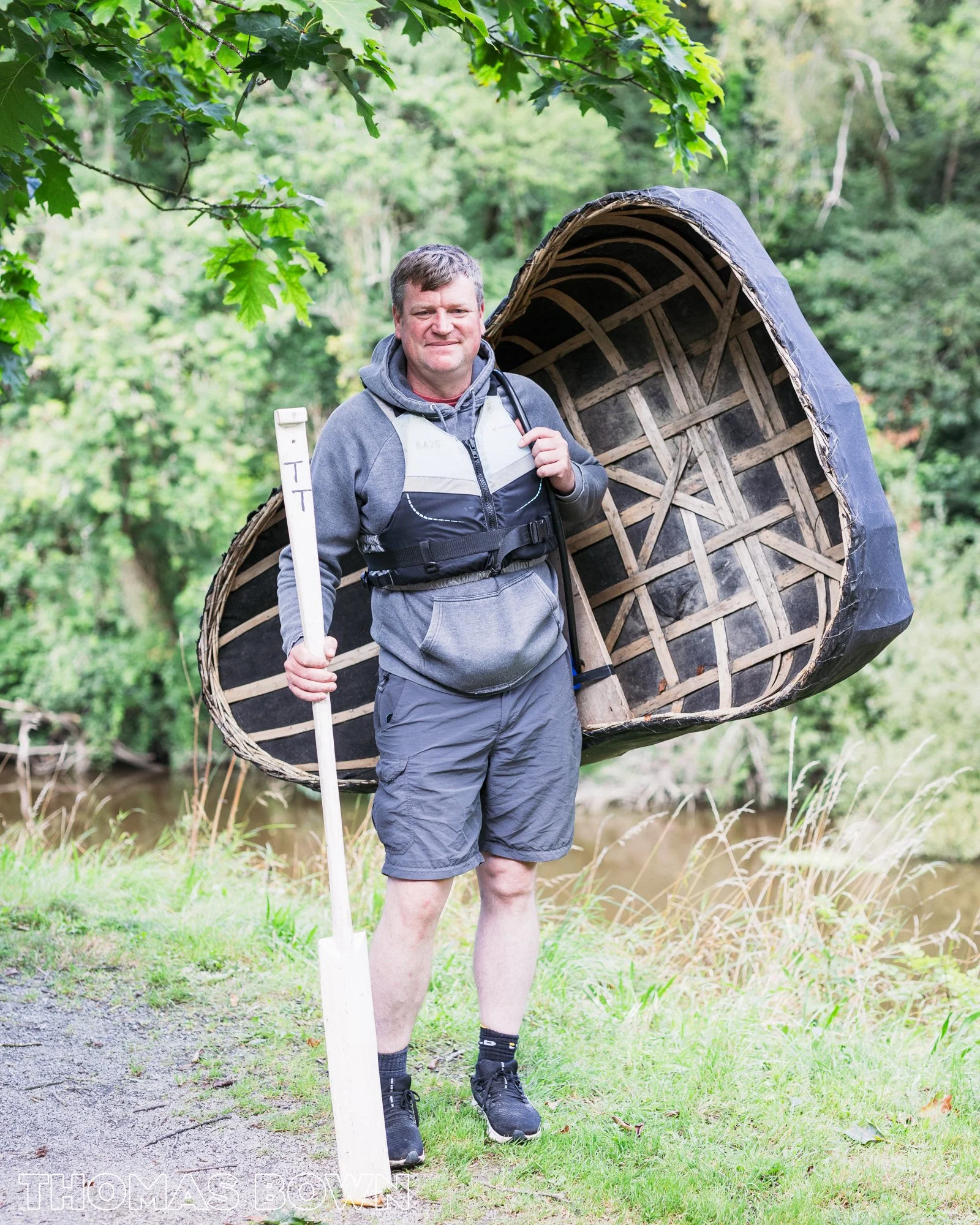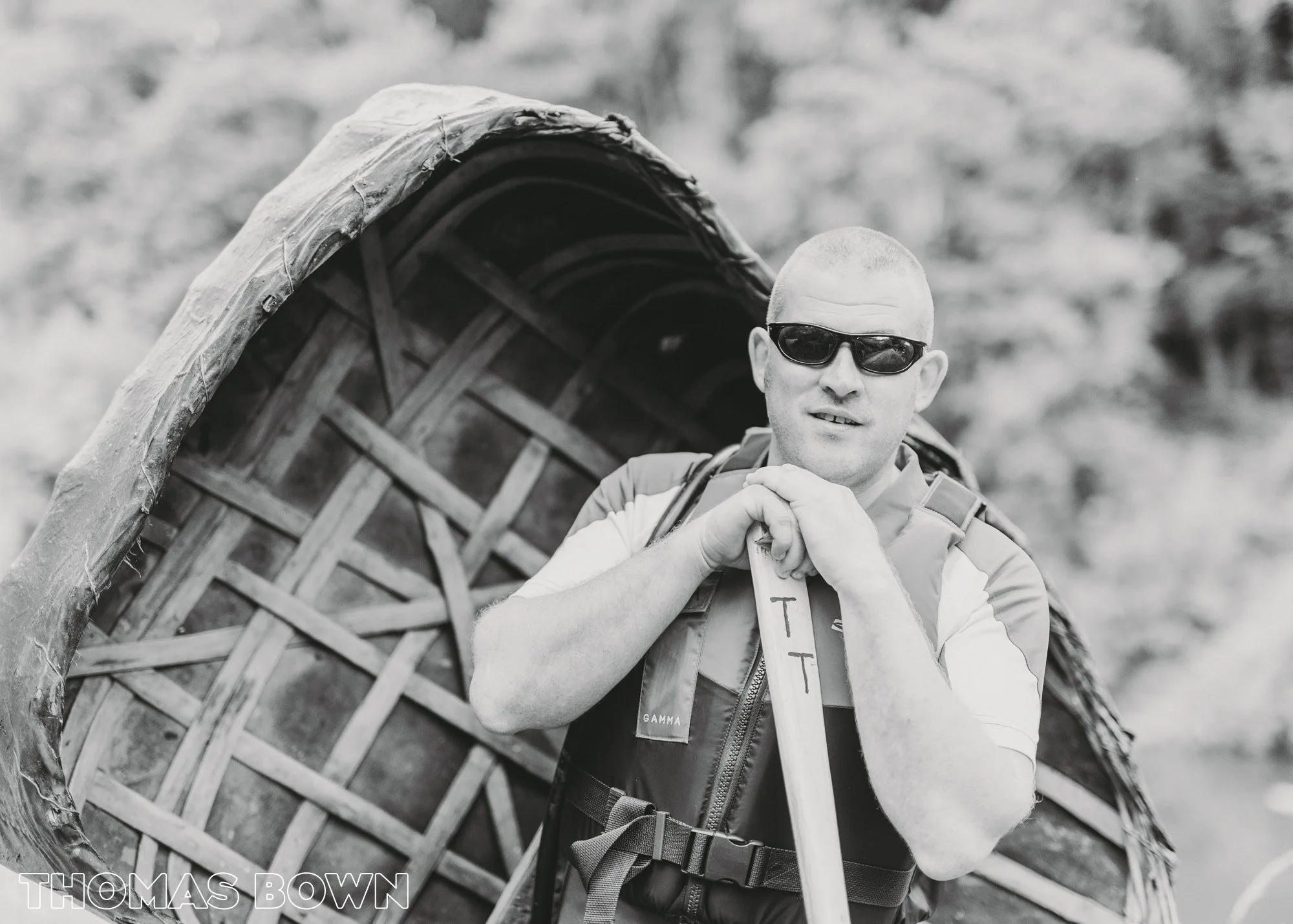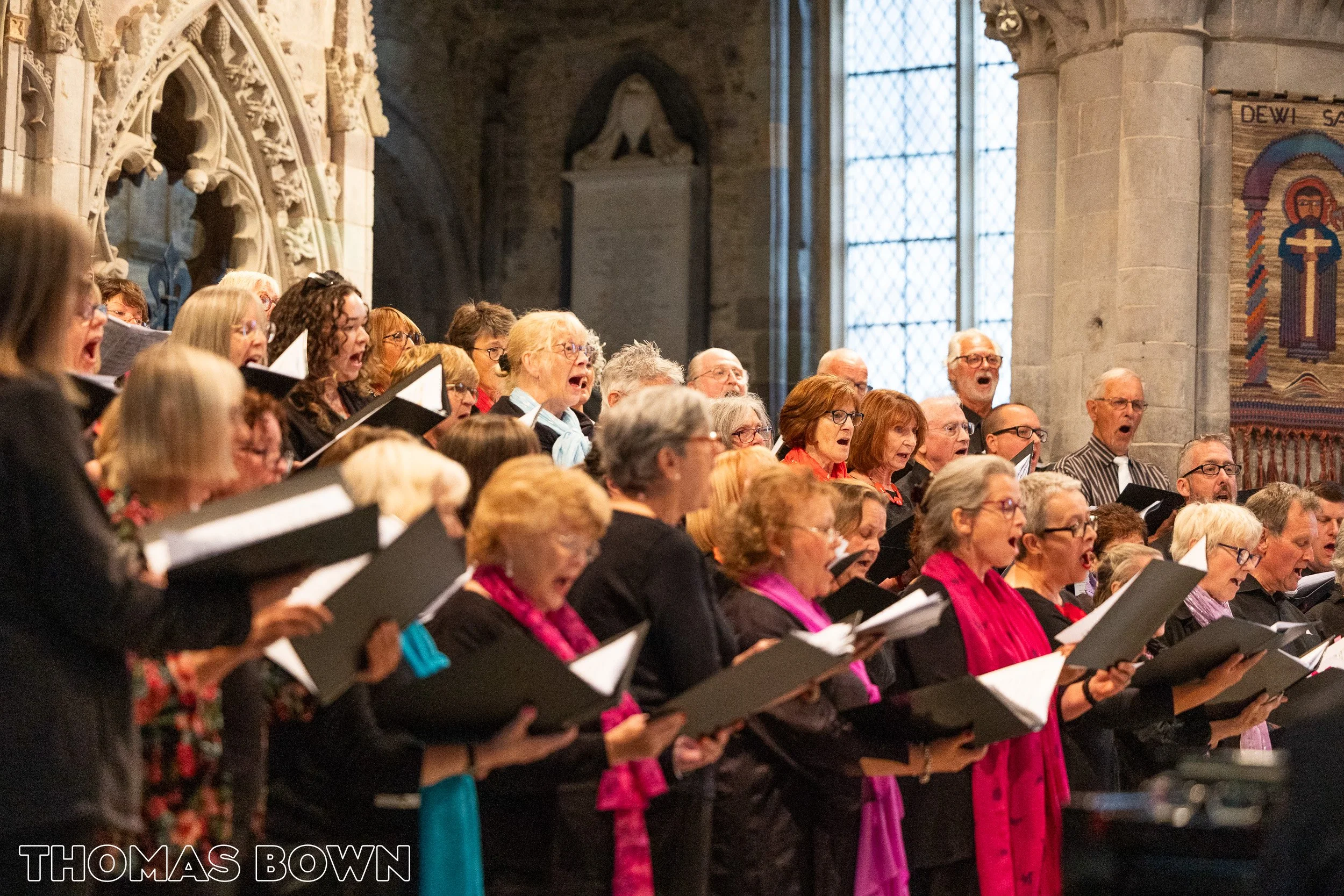On Thursday last week I decided to head down to the beach for a walk and debated whether to take my camera but as I’d seen some egrets on the beach recently I thought I’d grab the long lens and head down. I hadn’t realised the surf was pumping so ended up spending 15 minutes shooting the 2 guys out in the surf having a memorable sunset session. Offshore winds were blowing spray off the top of the waves and the light was perfect for a few minutes as the sun found a gap in the clouds and illuminated the scene for some lovely backlit scenes. A classic Autumnal session that’ll stay long in the memory.
Life
Coracle Races on the River Teifi
I headed up to Cilgerran on the Bank Holiday weekend to watch the annual coracle races. Coracles (or cwrwgl in Welsh) are traditionally used on the Teifi and the races are a long standing tradition. In use for over 2000 years, coracles have a rich history as a simple one person boat used for fishing as a pair by dragging a net down a stretch of river between two of the small boats and the design has been used in different cultures all over the world for fishing as well as transport for people and livestock. In Wales they would originally have been made from a willow frame with animal hide stretched over the bowl. The design of the boat was specific to each river making it possible to identify roughly where each was made. Nowadays they are more commonly made from ash with painted canvas or fibreglass used as the waterproof material that forms the hull.
Victory in the races is largely down to good technique with a unique paddle stroke used to propel the coracle forwards without it spinning out of control. There was a good crowd at the weekend but in the past the event was much bigger as this film from 1969 shows.
Watch Coracle Races, Cilgerran online - BFI Player
More info - Welcome | The Coracle Society
Merched y Môr - Fundraiser in St Davids Cathedral
Merched y Môr are a group of brave friends planning to row the Atlantic next year and they are raising money through various events before they depart in 2025. Last weekend saw a concert in St Davids cathedral with the Goodwick Brass Band and the Landsker Singers. Here’s a few pictures from the evening. Look out for other events coming soon including an opportunity to try firewalking!
Winter Sun in the Algarve
Some snaps from a short trip to the Algarve last week in search of some winter sun. Carvoeiro was a lovely base to explore the area and especially this time of year when it was a pleasant temperature and quiet. The coast is pretty and dramatic in equal measure with the limestone cliffs shaped and splintered by the sea and sinkholes forming coves and caves that the area is famous for. We saw dolphins offshore, peregrines nesting in the cliffs and interesting plant life along the clifftops.
A trip inland to visit friends who have made Portugal their home was a chance to look at the unique way the land is used in the area. A bit dry this but quite interesting… Montado is a land management system that works as a sustainable form of agriculture evolved to cope with the climate challenges that the area faces with wet Springs and hot dry Summers. It’s an integrated mix of farming that works to provide produce in all conditions. The cork trees are a vital part of this system as they keep the soil healthy by offering shade from harsh summer sun, dropping leaves and providing an environment for plants to grow beneath the canopy. Animals can shelter and forage in this undergrowth which also serves to keep moisture from evaporating in the heat.
There is plenty of biodiversity within the undergrowth which then supports insect life and birds of which I counted at least 10 species in a short time using the Cornell Bird ID app which identified tree creepers, siskin, nuthatch and great spotted woodpecker among others. The cork trees are a species of Oak that will yield a harvest of cork once the tree reaches 25 years old. After around 10 years the cork will grow back to be harvested by Tiradors who work with small axes to carefully remove slabs of the outer bark. The numbers on the trunks refer to the last year the tree was stripped of its outer cork layer. A tree will provide a harvest for some 200 years. The whole system really relies upon the cork trees remaining economically viable so with the threat of plastic and screw stops to the market, the landscape is at risk. Also the heightened risk of wildfires due to climate change is a problem which is only going to get worse.
Anyway, the forests were lovely to walk around and I have a new appreciation for the cork in my bottles. More photos in the gallery below.
A Walk in the Woods
A local corner of the Earth. A green womb like space at this time of the year.
Inspiration - Frank Skinner's Poetry Podcast
Inspiration for my photography comes from all types of media and not just the visual arts. Great literature and music is able to conjure those images in our minds eye and so it can become ‘visual’ in some way. I’ve always been a fan of writing and poetry for that ability to create images in my head but poetry in particular has sometimes been challenging for me because I find myself unsure of my interpretation and if it’s too difficult to even grasp a meaning, I’m slightly ashamed to say I just give up on it. It’s good to have a guiding hand to help through the difficult bits and offer thoughts on the piece and I’ve found Frank Skinner’s Poetry Podcast to be just about perfect for me. Frank reads through one or more poems by a different poet (or cohort) each week and interprets them for the listener, often picking out phrases that he loves and throwing in the odd anecdote that helps to give a broader understanding of the meaning. As a result, I’m able to enjoy the poems because I’ve had that help to get me through the challenging bits and through to the end.
I particularly enjoyed this episode about several pieces from Clare Pollard which have some great descriptions that create images and atmosphere in abundance. It’s always a good challenge to have a brief to work a set of images around and a poem is a great starting point so perhaps I’ll have to pay a visit to Zennor and Whitby one day.
Here’s a Spotify link but the podcast is available on all your usual platforms.
Clare Pollard - Frank Skinner's Poetry Podcast | Podcast on Spotify



























































